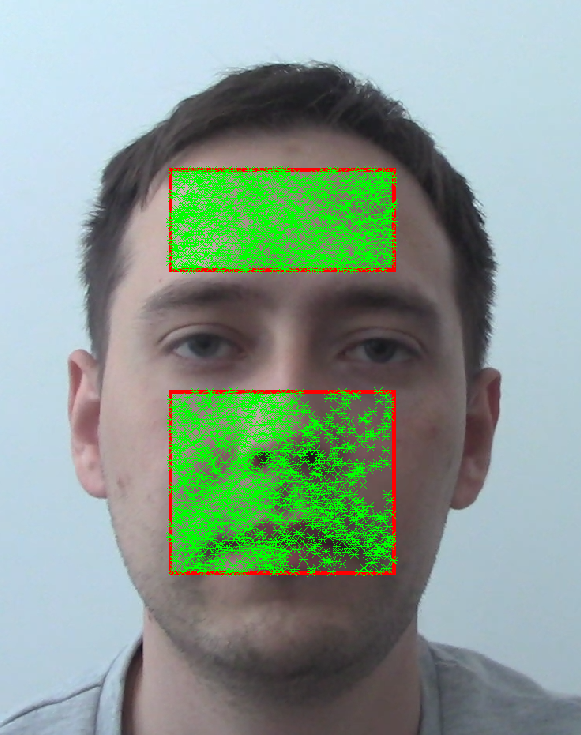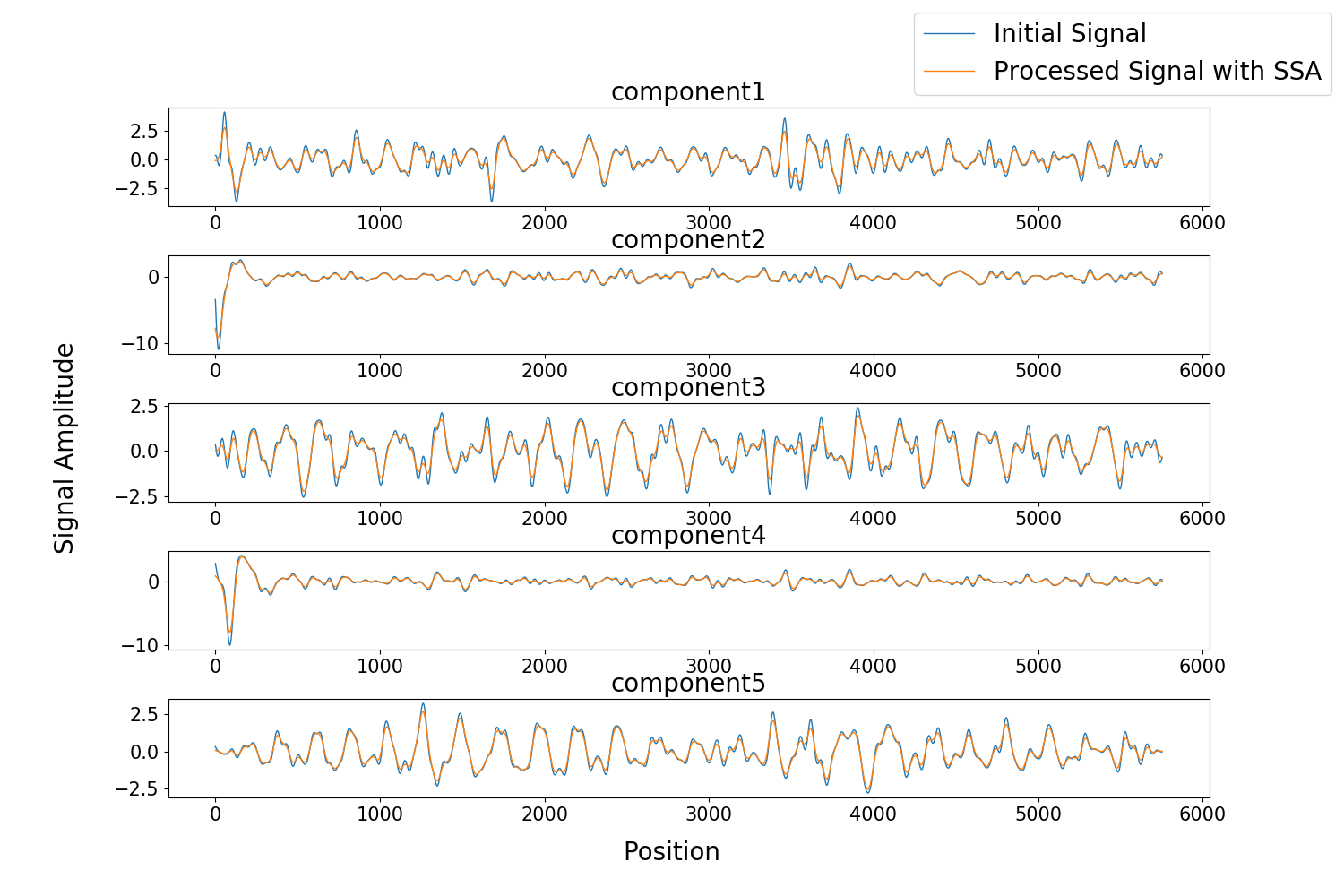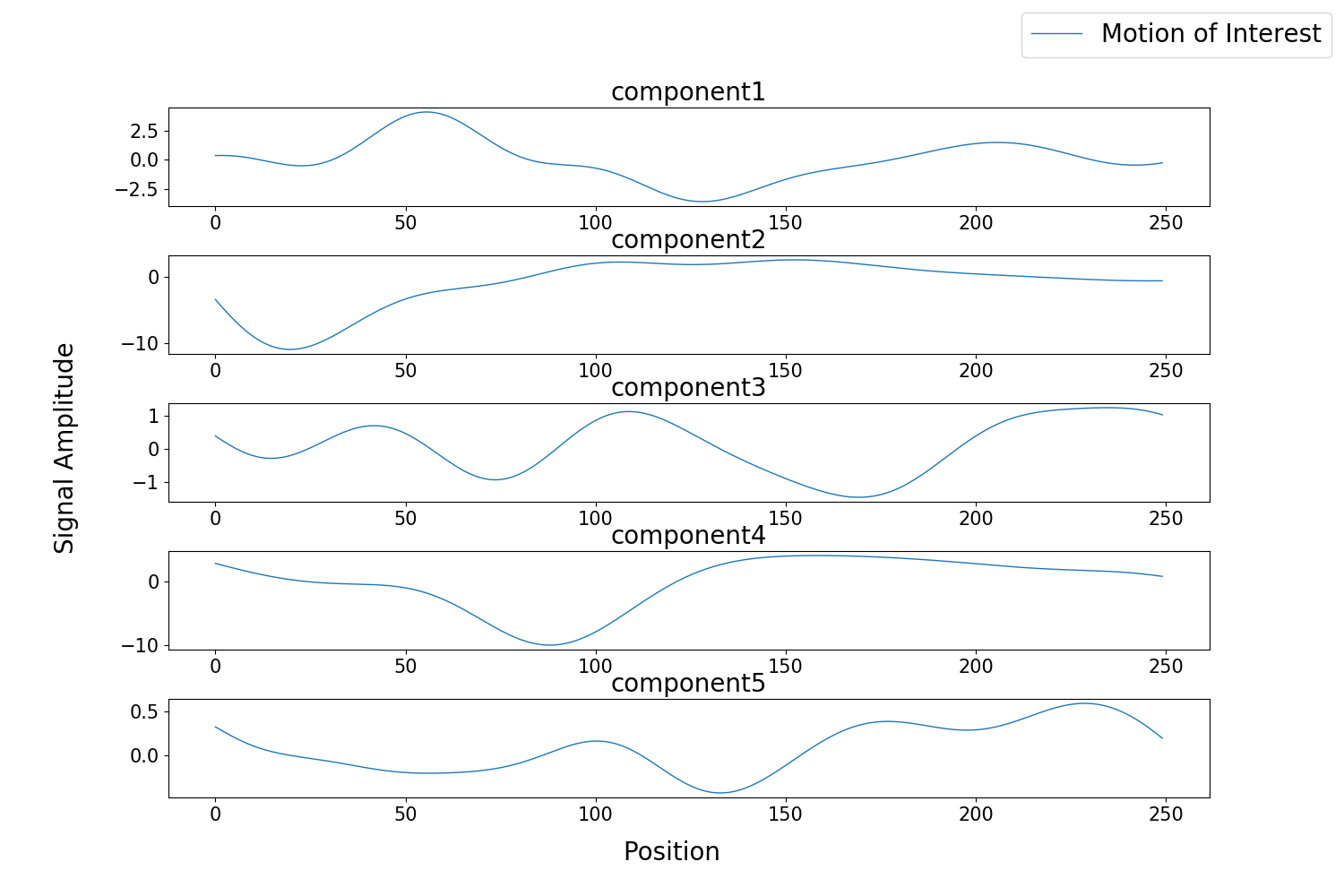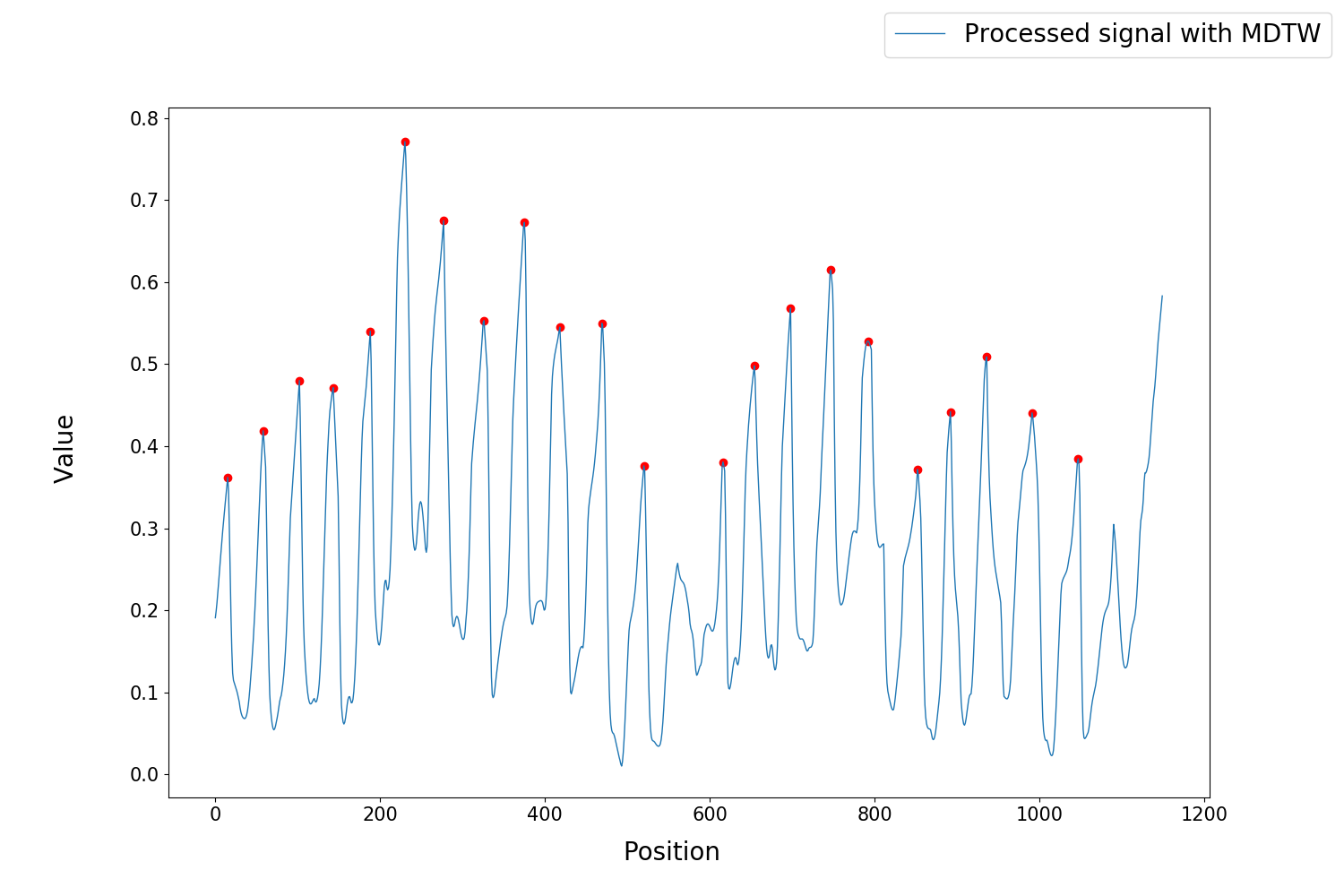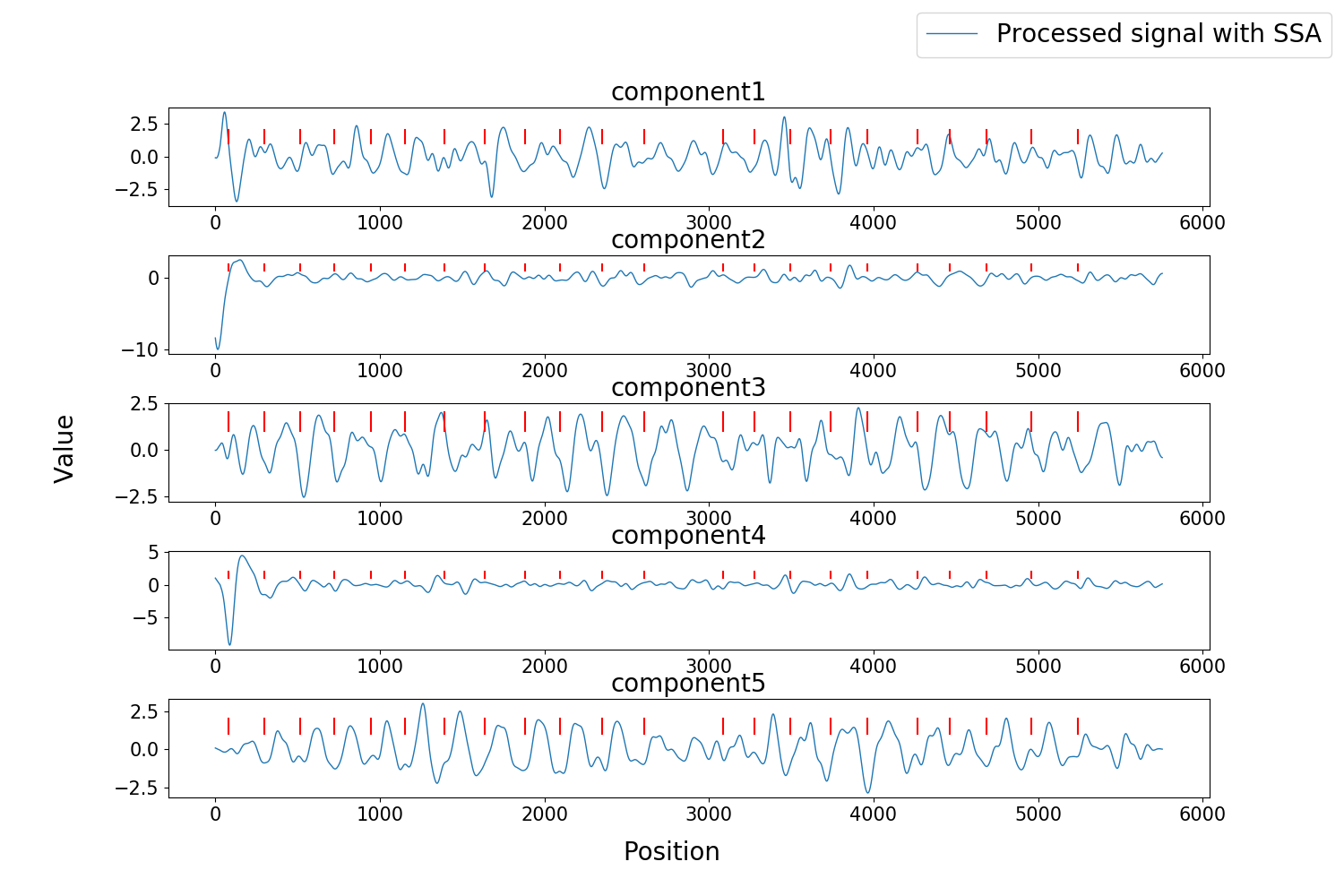Human heartbeat can be measured using several different ways appropriately based on the patient condition which includes contact base such as measured by using instruments and non-contact base such as computer vision assisted techniques. Non-contact based approached are getting popular due to those techniques are capable of mitigating some of the limitations of contact-based techniques especially in clinical section. However, existing vision guided approaches are not able to prove high accurate result due to various reason such as the property of camera, illumination changes, skin tones in face image, etc. We propose a technique that uses video as an input and returns pulse rate in output. Initially, key point detection is carried out on two facial subregions: forehead and nose-mouth. After removing unstable features, the temporal filtering is applied to isolate frequencies of interest. Then four component analysis methods are employed in order to distinguish the cardiovascular pulse signal from extraneous noise caused by respiration, vestibular activity and other changes in facial expression. Afterwards, proposed peak detection technique is applied for each component which extracted from one of the four different component selection algorithms. This will enable to locate the positions of peaks in each component. Proposed automatic components selection technique is employed in order to select an optimal component which will be used to calculate the heartbeat.
Sequence of steps of proposed methodology how pulse rate is calculated from a facial video
- Face Detection & Feature Tracking
- Normalized extracted components from JADE algorithm and the result of applying the SSA on each component
- Motions of interest corresponding to each component
- This figure shows the peak detection of the result of the MDTW. The horizontal axis represents Pos_v and the vertical axis represents values of Dis_v . A predefined threshold value is used to control the number of detection points.
- The figure shows that locations of peak points which correspond to the component that is chosen form ACS. In this case, the 5th component was selected and then it is used to locate the peak points of original components which were extracted from the JADE algorithm
Initial data matrix y (size NxM), where: N = number of feature points, M = number of frames (time in seconds * fps)
Interpolated data matrix y_filtered (N*cM): Applied cubic spline interpolation from 'fps' Hz to samplingRate Hz, c = samplingRate/fps
Stable data matrix y_stable (aN*cM): Some unstable feature points are removed, 0 < a < 1
Filtered data matrix y_filtered (aN*cM): Butterworth 5th filter applied
Component Analysis matrix y_xxx (b*cM): b = number of desired extracted components (default = 5)
processData.m can be used to extract independent components for a given video Configurations needs to be changed appropriately in ACS.py and before running the ACS.py.
If you find this paper useful in some way, you can cite it with the following BibTeX entry: ##todo



